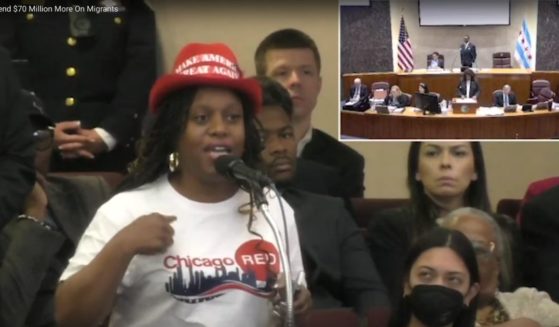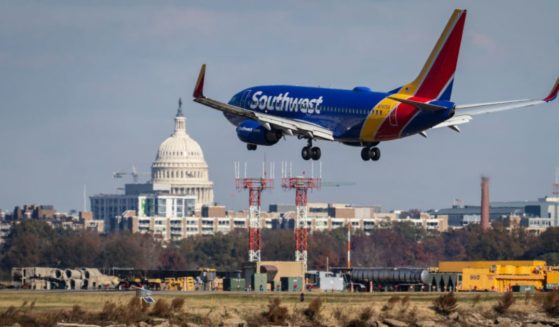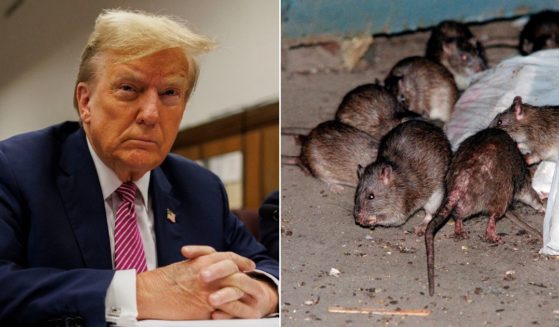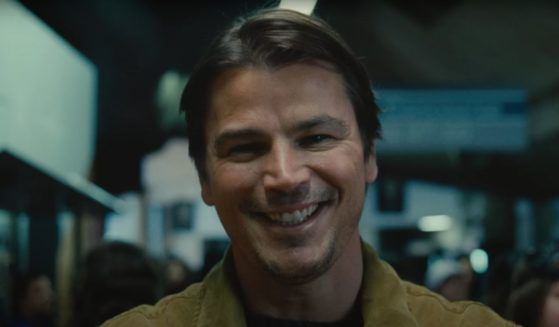Why college students take on loans they can't repay
Students take on college debt with the best of intentions. They’ve been told that a college degree is a ticket to success. That they should pursue their dreams. That student debt is good debt.
But how do smart students wind up with debt they can’t repay? Here are three reasons, plus ways to avoid these financial traps.
THEY’RE TOLD IT’S ‘GOOD DEBT’
In high school, students hear that they should earn a college degree to have a well-paying, successful career.
“We as a society kind of have this compulsory higher education,” says Daniel T. Kirsch, author of “Sold My Soul for a Student Loan.” “We’re encouraging everyone to take out debt and calling it ‘good debt’.”
But student debt isn’t good when your degree doesn’t lead to a job that earns enough to repay it.
This is the case for 36-year-old Jennifer Atkins of Jacksonville, Florida. A first-generation college student, she believed a university diploma would help her get ahead.
“I had the mentality back then that I was doing what I was supposed to do in life,” says Atkins, who earned three degrees, including a master of nonprofit management in 2014.
Now, Atkins has two kids, over $100,000 in student loan debt and is unemployed. She quit her job in 2017 due to complications with her second pregnancy and hasn’t found a job lucrative enough to justify paying for child care.
AVOID THIS TRAP: Limit borrowing so that future monthly payments don’t consume over 10 percent of take-home pay. By that standard, someone expecting to earn $50,000 a year could afford a monthly payment of about $279, according to NerdWallet’s student loan affordability calculator . At the current undergraduate federal student loan interest rate of 5.05%, that payment would support college debt of about $26,000.
THE LOANS DON’T FEEL REAL
Some students are willing to take on large amounts of college debt because they don’t connect with the reality that they’ll eventually have to repay it with interest. This aligns with what behavioral economists call “present bias,” the idea that people often make choices that benefit them in the short term and overlook future consequences.
Atkins remembers accepting student loans in small increments throughout 10 years of higher education — $3,000 here, $5,000 there. She worked throughout school, but the loans were crucial to making ends meet.
“None of it was real to me back then,” Atkins says. “I had no problem clicking ‘accept’ on those student loans.”
In hindsight, Atkins says she wishes she had had a mandatory career counseling session to walk her through the numbers and understand her debt in the context of her future earnings and expenses.
Such counseling may have helped. Imagining our future selves can help us overcome present bias, says Jeff Kreisler, co-author of the behavioral economics book, “Dollars and Sense.”
“If you make the future more specific, then you can connect to it,” he says.
AVOID THIS TRAP: Do the math as you go. Every dollar you borrow will have to be repaid with interest. But you can choose to borrow less than you’re offered. It may be tempting to accept the full amount, but you’ll have a lower monthly payment in the future if you borrow only enough to cover tuition and basic living costs.
THEY LACK INFORMATION
In many cases, students lack the financial education needed to make borrowing decisions.
Susan Dawson, 47, who has a Ph.D in history and works as a historian for a federal agency, can afford her student loan payments thanks to a second job teaching online classes and a federal repayment plan that caps her monthly payments at a percentage of her income. But she says if she had known the earning potential in her field, she would have chosen a different career.
“I feel stupid because I did not know what questions to ask,” says Dawson, who has a six-figure student loan balance, and lives and works in Washington, D.C.
Things she wishes she had asked about include:
— Typical earnings in her field.
— Her future monthly student loan payments.
— How student loan interest works.
AVOID THIS TRAP: Check the Bureau of Labor Statistics’ Occupational Outlook Handbook to research wages and education requirements for various fields. Use a student loan calculator to estimate future monthly payments. Interest accrues while you’re in school — unless you have subsidized loans — but you can pay the interest during school to keep your balance from ballooning.
_______________________________________
This article was provided to The Associated Press by the personal finance website NerdWallet. Teddy Nykiel is a writer at NerdWallet. Email: teddy@nerdwallet.com. Twitter: @teddnykiel.
RELATED LINKS
NerdWallet: Student Loan Affordability Calculator http://bit.ly/nerdwallet-is-college-worth-it
Bureau of Labor Statistics: Occupational Outlook Handbook https://www.bls.gov/ooh/
The Western Journal has not reviewed this Associated Press story prior to publication. Therefore, it may contain editorial bias or may in some other way not meet our normal editorial standards. It is provided to our readers as a service from The Western Journal.
Truth and Accuracy
We are committed to truth and accuracy in all of our journalism. Read our editorial standards.












